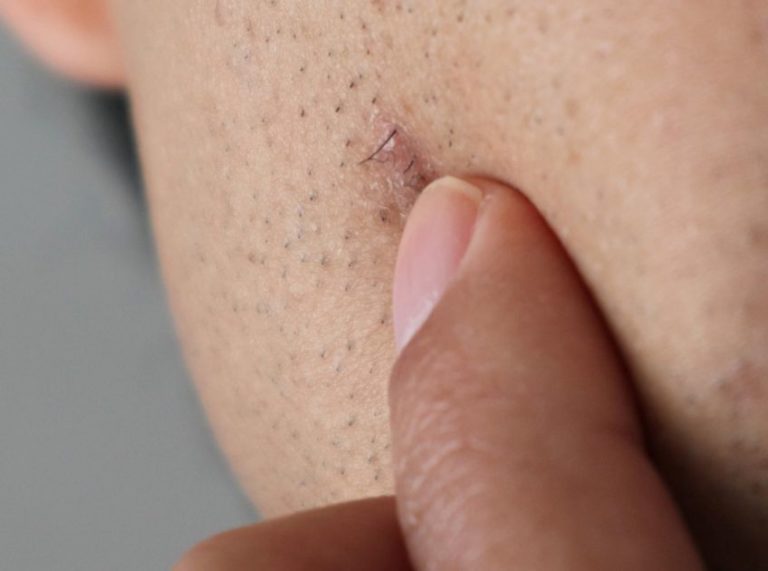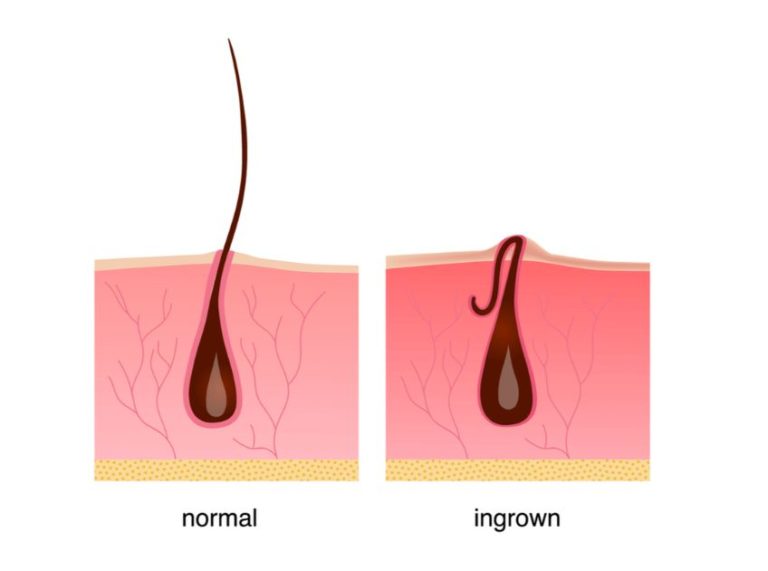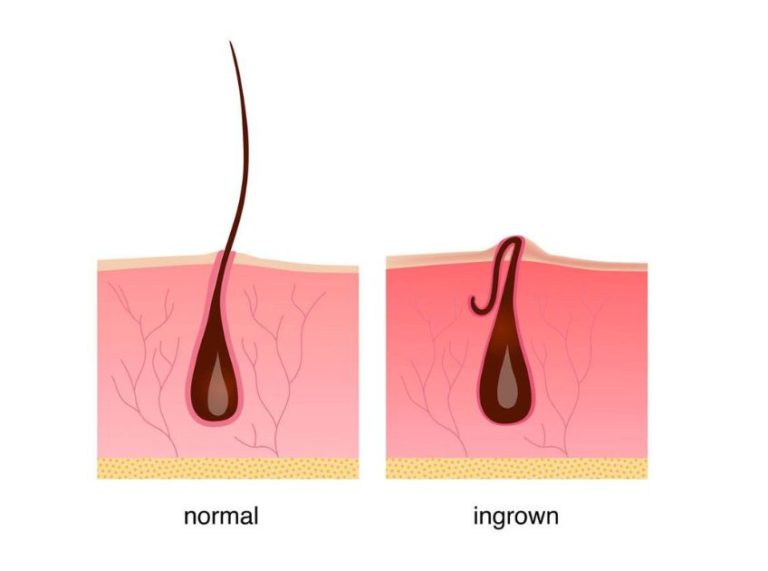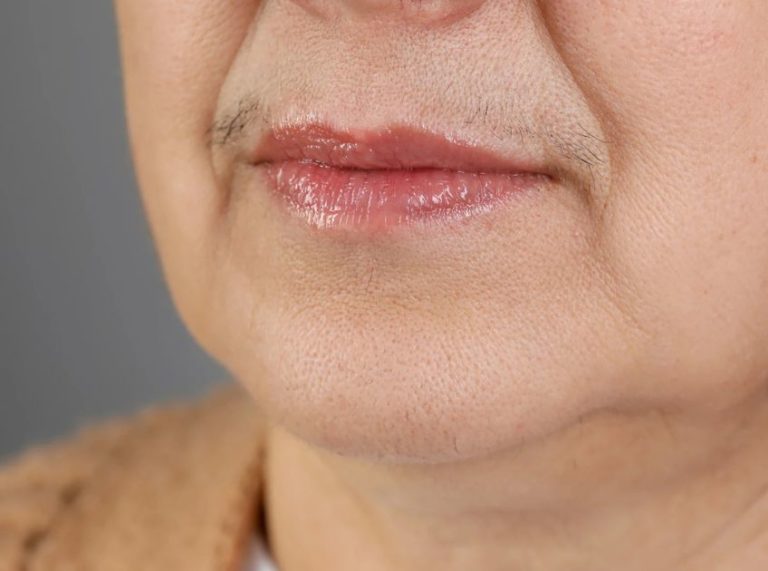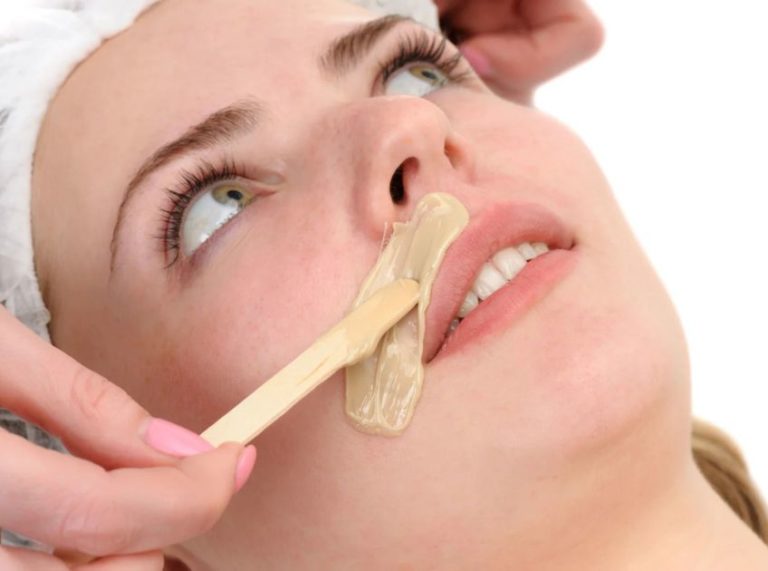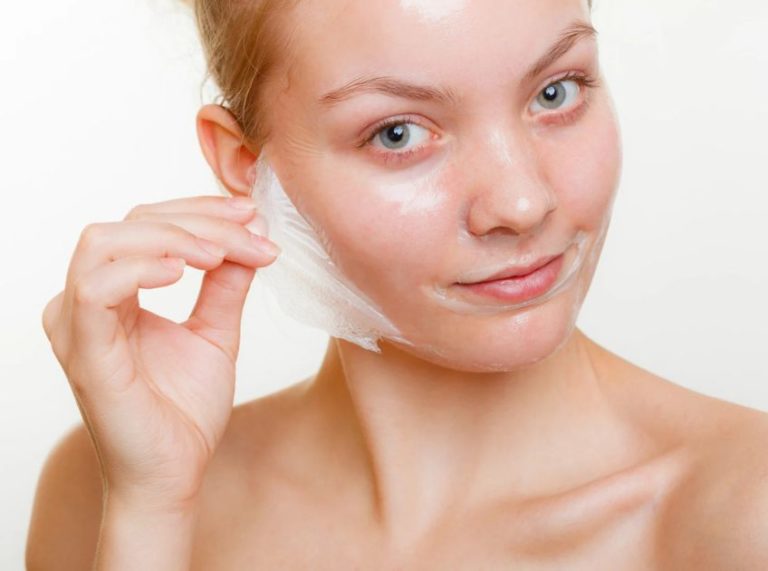
Important: This article is for informational purposes only. Please read our full disclaimer for more details.
We’ve all had those nights—too tired to dry our hair after a shower, we simply crawl into bed with damp strands. But have you ever wondered what happens when you sleep with wet hair? From frizz and breakage to scalp concerns, going to bed with wet locks can impact your hair health. Still, with the right techniques, you can minimize damage and wake up with manageable, healthy hair.
Is Sleeping with Wet Hair Bad?
It’s not necessarily dangerous, but it can be damaging to your hair’s structure and scalp health. Hair is at its weakest when wet—its cuticles are swollen with water, making strands more prone to breakage. According to a study in the International Journal of Trichology, wet hair is significantly more fragile than dry hair due to reduced tensile strength (1).
Additionally, sleeping on a damp pillow may increase the risk of fungal growth on the scalp, particularly for people prone to dandruff or scalp infections. While an occasional night won’t ruin your hair, making it a habit can cause problems.
What Happens If You Sleep With Wet Hair?
Here are the possible consequences:
- Frizz and Tangles: Friction from your pillow roughens wet cuticles, leading to messy knots.
- Breakage: Wet hair snaps more easily when pressed or pulled while you toss and turn.
- Flat Hair: Your hair can set in odd shapes overnight, leaving creases in the morning.
- Scalp Issues: A damp environment may encourage yeast and fungal growth, worsening dandruff.
- Cold and Discomfort Myth: While wet hair itself doesn’t directly cause colds, the discomfort from sleeping damp may weaken overall comfort and rest.
How to Sleep With Wet Hair Without Ruining It (Hair-Type Guide)
Sleeping with wet hair doesn’t have to equal waking up with a frizzy, flat, or tangled mess. With the right prep and a few protective tricks, you can minimize damage and even style your hair overnight. Here’s how to handle it based on your hair type:
1. For Straight Hair
- Pre-Sleep Care: Apply a lightweight leave-in conditioner or detangling spray to prevent knots. Avoid heavy creams, which can weigh your hair down.
- Protective Styles:
- Loose braid or two side braids → prevents flatness and gives soft, natural waves.
- Low twisted bun → creates gentle bends without creases.
- Fabric Choice: Sleep on a silk or satin pillowcase to cut down friction and reduce static.
- Morning Refresh: Lightly brush with a wide-tooth comb and spritz dry shampoo on roots if they look flat.
2. For Wavy Hair
- Pre-Sleep Care: Apply a curl-enhancing mousse or lightweight curl cream while damp.
- Protective Styles:
- Loose French braid → enhances natural S-waves.
- Two loose buns (“space buns”) → create defined waves without heat.
- Wrap Options: Use a microfiber wrap for 15 minutes before bed to remove excess water, then style.
- Morning Refresh: Unravel braids, shake out waves with your fingers, and spritz with a sea salt spray for extra texture.
3. For Curly Hair
- Pre-Sleep Care: Work a nourishing leave-in conditioner or curl cream through damp strands. Curly hair tends to dry out quickly, so hydration is key.
- Protective Styles
- The “pineapple method” (loosely tying hair on top of your head) preserves curl shape.
- Loose braids or twists help prevent tangling.
- Bonnet or Wrap: Always use a silk or satin bonnet/scarf to lock in moisture and prevent frizz.
- Morning Refresh: Unwrap and scrunch curls with a bit of water or curl refresher spray. Avoid brushing to preserve definition.
4. For Thick or Coarse Hair
- Pre-Sleep Care: Apply a few drops of argan, coconut, or jojoba oil to lock in moisture. Coarse hair can handle richer products.
- Protective Styles
- Four to six large braids or twists reduce tangling and breakage.
- A loose low bun wrapped in a silk scarf keeps volume manageable.
- Fabric Choice: A satin pillowcase plus a silk scarf combo works best for minimizing roughness.
- Morning Refresh: Gently unravel braids and finger-comb. Apply a hydrating mist if hair feels dry.
Bonus Tip for All Hair Types
- Never go to bed with dripping wet hair. Instead, towel-dry with a microfiber towel or air-dry for at least 20–30 minutes before styling. This reduces swelling in the hair shaft and prevents morning breakage.
- If you’re short on time, use a blow-dryer on the cool setting until hair is damp, not soaking.
By tailoring your routine to your hair type, you can protect your strands, reduce damage, and even wake up with a ready-made style.
What Science Says About Wet Hair Damage
- Porosity: Research shows wet hair swells, weakening its protective cuticle layer (2).
- Fungal Risk: Studies in Mycoses Journal highlight that a warm, damp scalp may promote fungal activity (3), especially in people with seborrheic dermatitis (4).
- Friction Factor: Sleeping positions and pillow fabrics can worsen cuticle roughness, leading to frizz.
Frequently Asked Questions (FAQ’S)
1. Can sleeping with wet hair cause colds?
A. No, colds are caused by viruses, not damp hair. However, being cold and uncomfortable may reduce sleep quality and affect immunity indirectly.
2. How can I reduce damage if I must sleep with wet hair?
A. Use a microfiber towel to absorb excess water, apply a leave-in conditioner, braid your hair, and sleep on silk or satin pillowcases.
3. Is it better to wash hair in the morning instead?
A. Yes, if possible. Morning washes give hair time to air dry naturally, reducing the risk of breakage and scalp issues.
Final Thoughts
Sleeping with wet hair isn’t ideal, but life happens. The key is protecting your strands with the right nighttime routine—gentle braiding, nourishing products, and friction-free fabrics. Occasional nights won’t harm your hair, but consistent habits matter. Treat your hair with care, and you can wake up with locks that are not just manageable, but also healthy.

